A neighbour wanted to dispose of a very robust tripod and mount for a 7 inch telescope. (telescope not included). It would be sad to simply throw it out. It’s is good shape. Weighs about 40 lbs. It has an
FREE – Tripod & mount for 7″ telescope
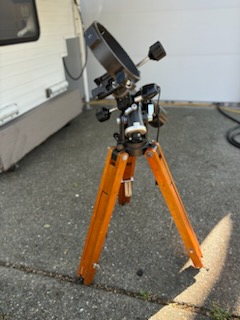


A neighbour wanted to dispose of a very robust tripod and mount for a 7 inch telescope. (telescope not included). It would be sad to simply throw it out. It’s is good shape. Weighs about 40 lbs. It has an
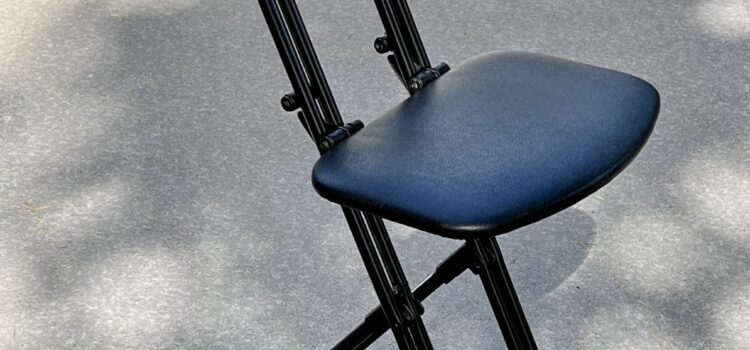
No preference on make or style, but looking for something portable and reasonably lightweight. Preferably foldable. DIY constructed chairs are welcome, as long as the chair works well and is reasonably comfortable for extended observing/sketching sessions. Please contact Kirsten (email)
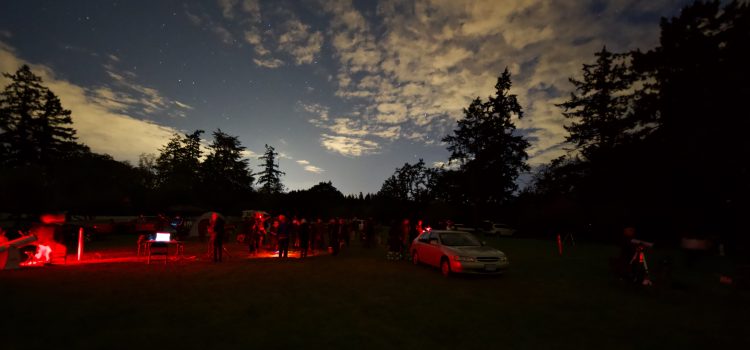
August 9-11, 2024 – this year’s Island Star Party is being held at a dark valley 20 km north of downtown Victoria on southern Vancouver Island, BC, Canada. Camp on the field (by donation) or drop in (free). Setup your telescope and bring binoculars to enjoy observing the night sky. Everyone gets door prize tickets – win a telescope!
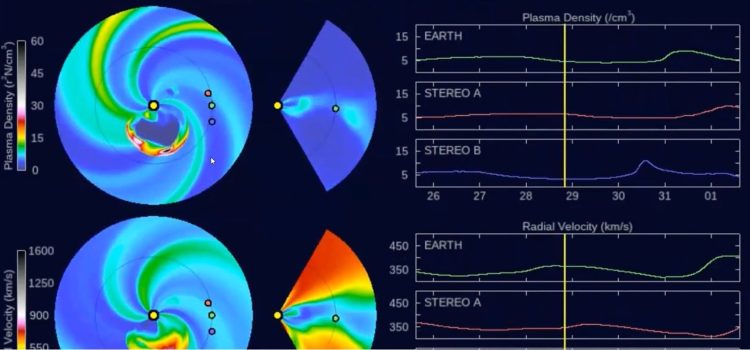
How to use online aurora prediction tools, upcoming astronomical events and reports from events just past. Our last Astro Cafe before the summer break.
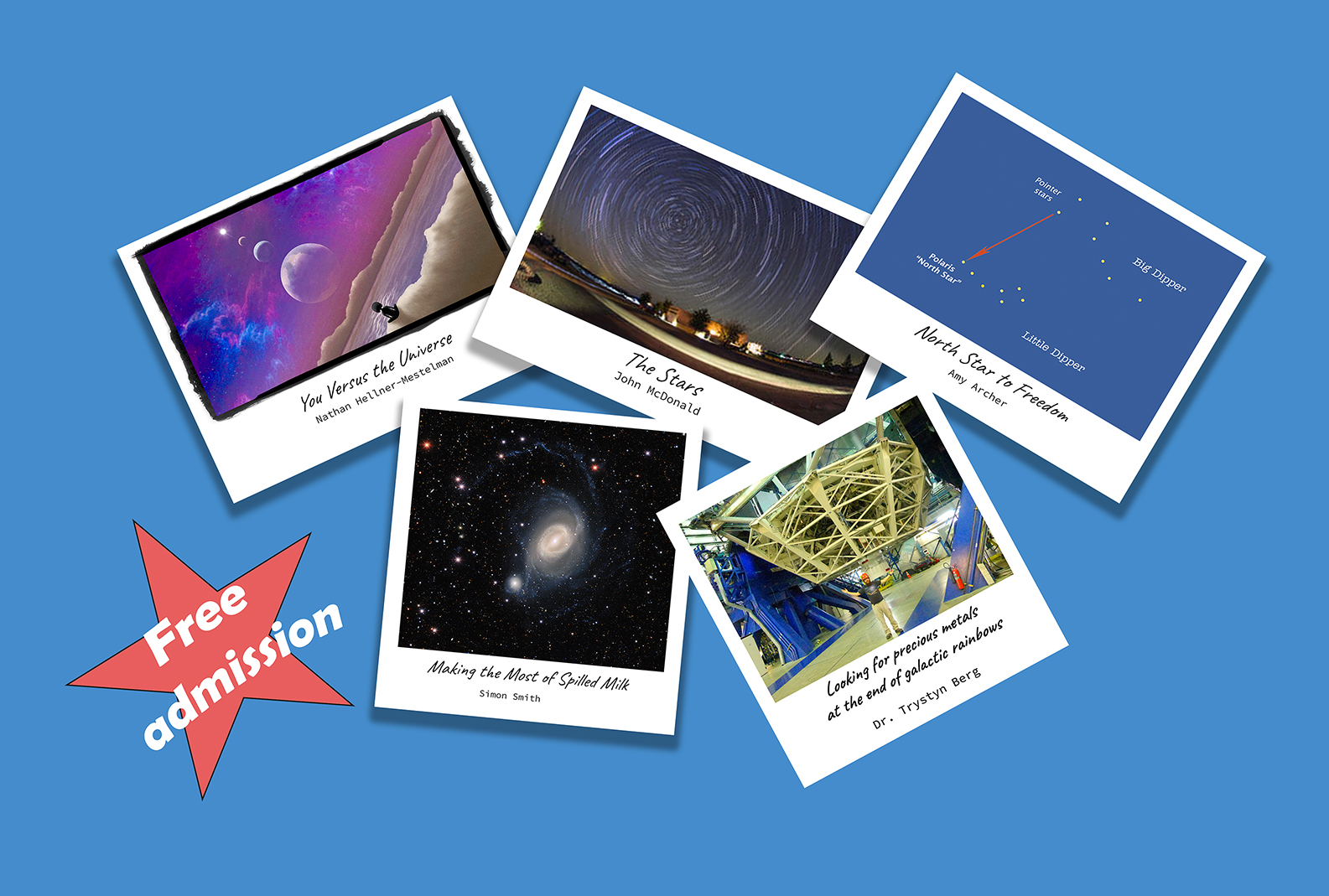
The Royal Astronomical Society of Canada and the Royal BC Museum present International Astronomy Day at the Royal BC Museum and Observatory Hill, Victoria, BC, Canada Saturday, May 18, 2024 Amazing Astronomical Activities for all Ages! 2024-PressRelease-IAD – contact Randy
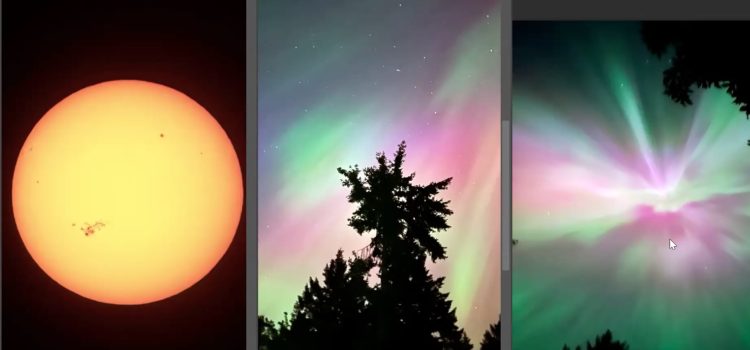
Aurora displays observed and photographed by members, how aurora happen, upcoming events, and Cosmic Wonders book
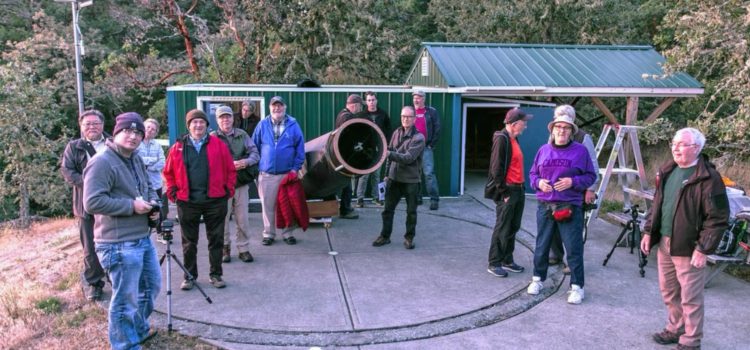
Astronomy podcasts and videos members find interesting and informative, RASC General Assembly, monthly meeting at UVic, Hubble space telescope, astrophotography, events.
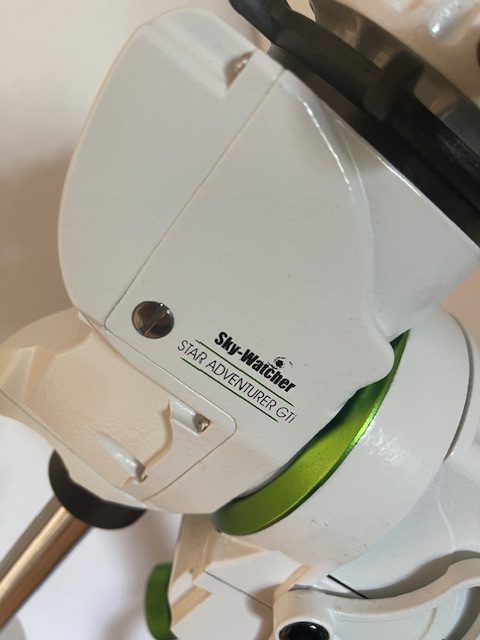
Like new. Bought in the fall and upgraded to another mount. Comes with mount head, pillar extension and tripod. Also everything included with original purchase. Darren Delorme email (250) 882-1379 (Victoria) Personal advertising appears on RASC Victoria Centre’s website as
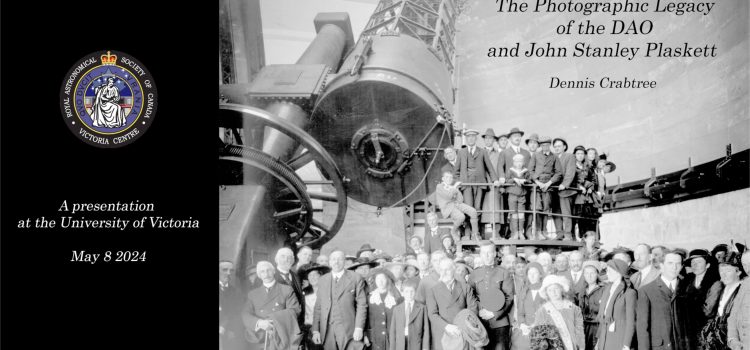
Date/Time: Wednesday May 8, 2024 starting at 7:30PM Location: University of Victoria, Bob Wright Centre, Lecture Theatre A104. Park in Lot 1 (pay parking) and cross Ring Road. Transcript video of meeting presentation The Dominion Astrophysical Observatory (DAO) is fortunate that John
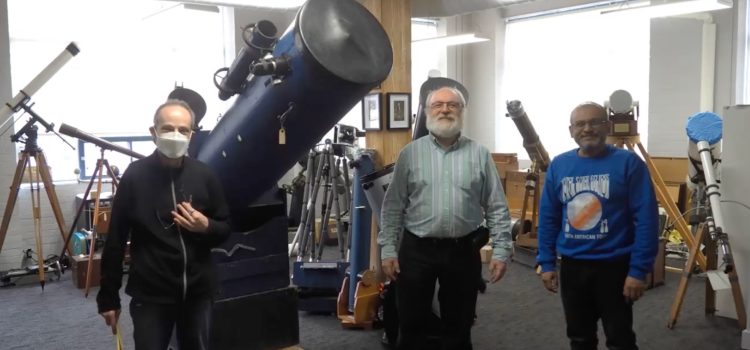
RASC General Assembly, Vancouver Island Science Fair, Cosmic Wonder book, Astronomy Day, Solar Eclipse topics, astronomy history